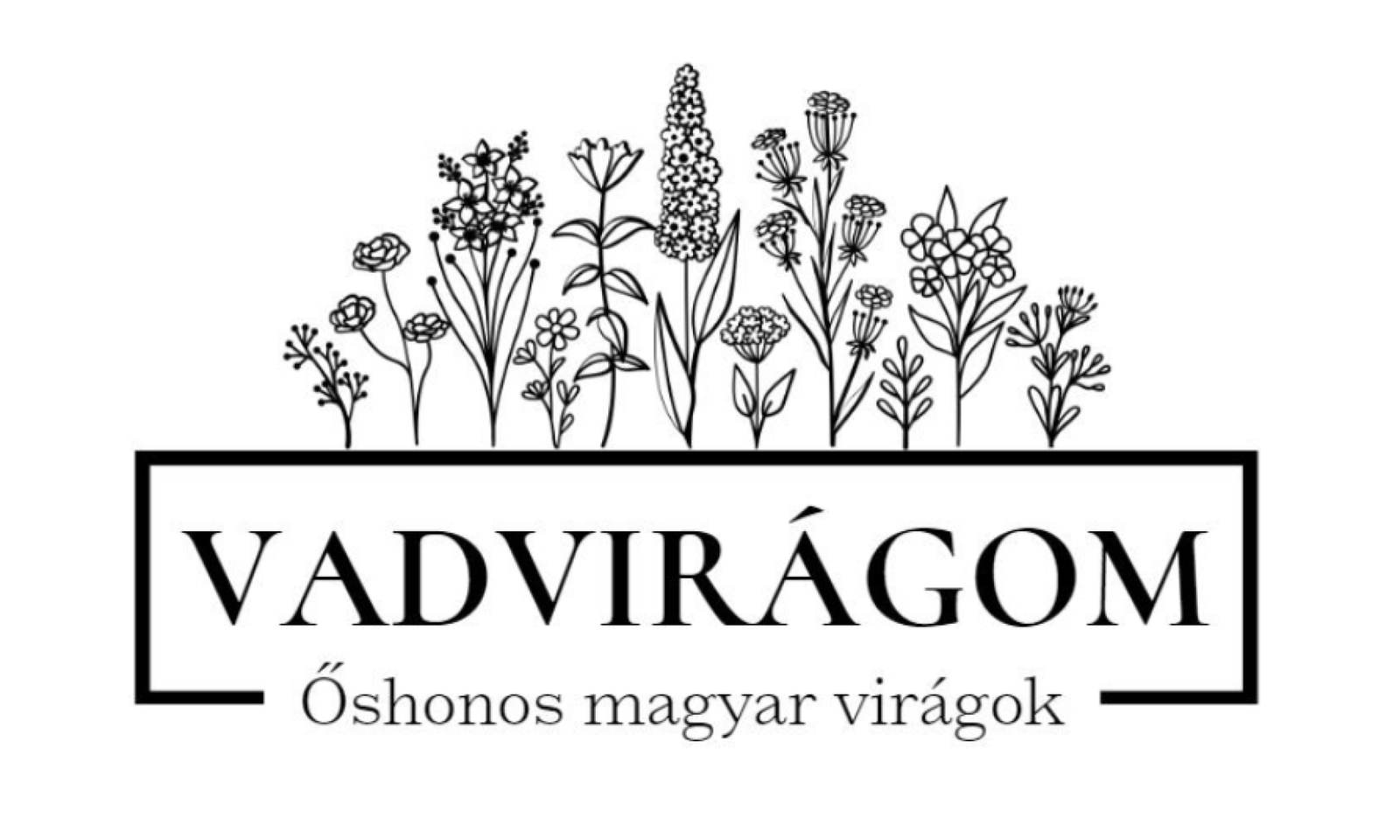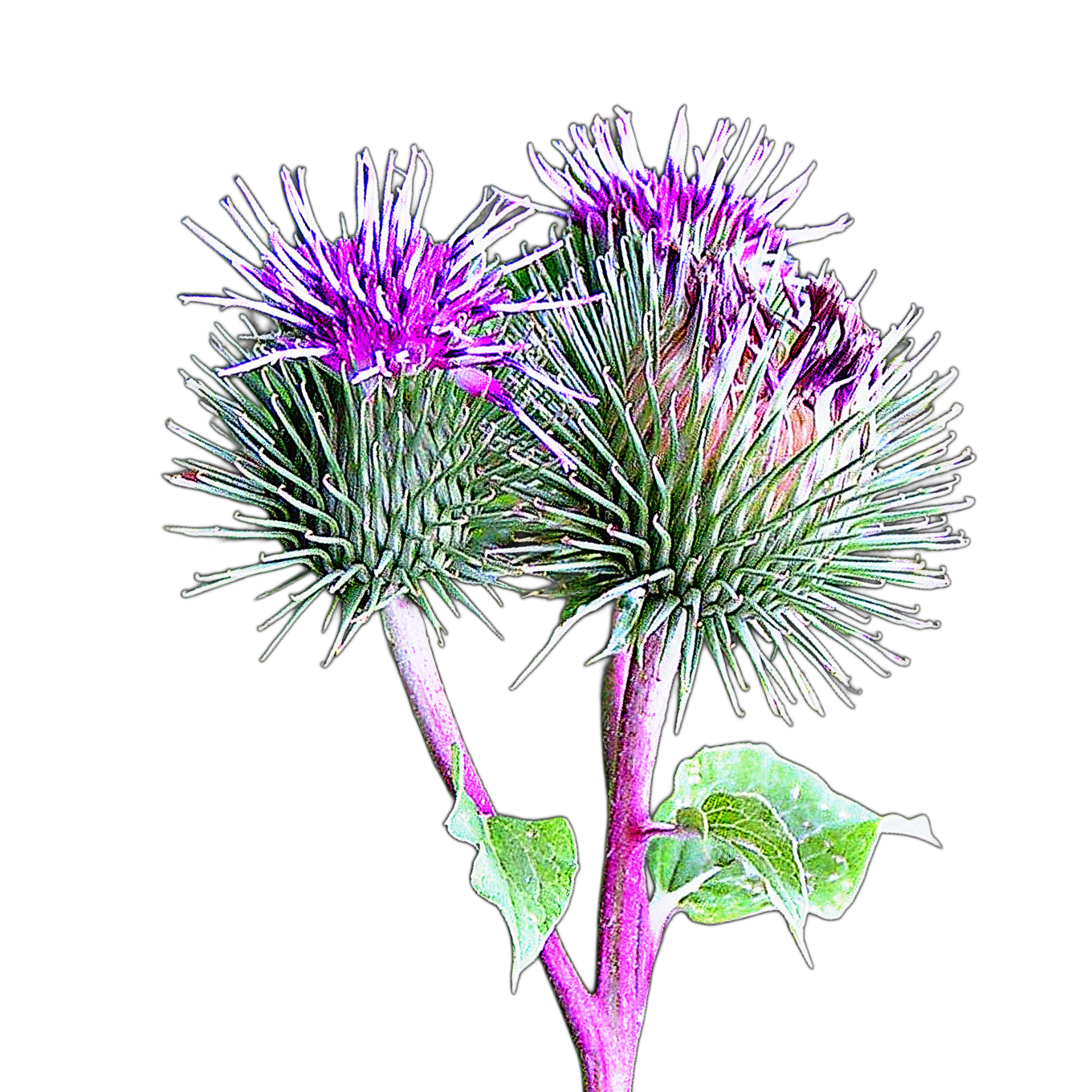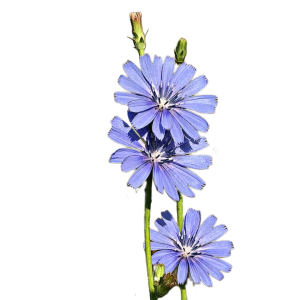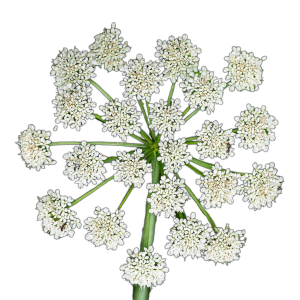Common burdock (Arctium lappa) 0,5g, ~30 seeds
875 Ft
The common burdock(Arctium lappa) is a native Hungarian wildflower, which attracts hordes of pollinators with its impressive flowers that grow the year after sowing. Many people mistake it for thistle, but unlike thistle, its leaves are not prickly. Feel free to caress its first year's growth 🙂 In 17th century Europe, it was used to treat burns and tumours, while in Japan its root has been consumed for thousands of years, where it is known as Gobo. The root of the plant is used in folk medicine as a blood purifier, to treat rheumatic symptoms and gout. It has also been used externally to treat hair loss, eczema and acne. Burdock's special fruits, which have hooked-end nest scales, easily get caught in the fur of animals or in people's clothes, helping the seeds to spread. This mechanism inspired Swiss engineer George de Mestral to invent Velcro in the 1940s. Pollinators go crazy for burdock, our truly beautiful, under-appreciated plant. Feel free to plant it in the garden! 🙂
- other names: lapwing, thistle, clinging crane, roadside crane, bitter crane, bush crane, cuckoo crane and great bush crane. lapwing, thistle, clinging crane, roadside crane, bitter crane, bush crane, cuckoo crane and great bush crane
- Latin name: Arctium lappa
- family: asteraceae
- seeds origin: Germany
- pollination factor: 10/10
| Lifecycle | biennial |
|---|---|
| Species | wildflower |
| Demand for light | Sunny |
| Dispensing | presented by species |
| Special feature | beekeeper, pollinating factor 10/10, herb |
| Height | 60-100 cm |
| Quantity | 0,5g |
| Ancestry | Hungarian |
| Colour | pink |
| Talaj | neutral, clay/limestone, sandy, medium, chalky, acidic |
| Flowering month | July, August, September |
| Water demand | drought tolerant |
1 packet contains 0,5g, about 30 seeds.
For betting suggestions and more details, scroll down.
In stock
Description
The common burdock(Arctium lappa) is a native Hungarian wildflower, which attracts hordes of pollinators with its impressive flowers that grow the year after sowing. Many people mistake it for thistle, but unlike thistle, its leaves are not prickly. Feel free to caress its first year's growth 🙂 In 17th century Europe, it was used to treat burns and tumours, while in Japan its root has been consumed for thousands of years, where it is known as Gobo. The root of the plant is used in folk medicine as a blood purifier, to treat rheumatic symptoms and gout. It has also been used externally to treat hair loss, eczema and acne. Burdock's special fruits, which have hooked-end nest scales, easily get caught in the fur of animals or in people's clothes, helping the seeds to spread. This mechanism inspired Swiss engineer George de Mestral to invent Velcro in the 1940s. Pollinators go crazy for burdock, our truly beautiful, under-appreciated plant. Feel free to plant it in the garden! 🙂
Features:
- other names: lapwing, thistle, clinging crane, roadside crane, bitter crane, bush crane, cuckoo crane and great bush crane. lapwing, thistle, clinging crane, roadside crane, bitter crane, bush crane, cuckoo crane and great bush crane
- Latin name: Arctium lappa
- family: Asteraceae
- seeds origin: Germany
- pollination factor: 10/10
| Lifecycle | biennial |
|---|---|
| Species | wildflower |
| Demand for light | Sunny |
| Dispensing | presented by species |
| Special feature | beekeeper, pollinating factor 10/10, herb |
| Height | 60-100 cm |
| Quantity | 0,5g |
| Ancestry | Hungarian |
| Colour | pink |
| Talaj | neutral, clay/limestone, sandy, medium, chalky, acidic |
| Flowering month | July, August, September |
| Water demand | drought tolerant |
A biennial species, so best sown in summer. Sow the seeds in prepared soil or pots, covering them thinly with soil. You can also sow the seeds directly into their permanent location (in which case it is a good idea to prepare the soil), or you can grow seedlings to increase the germination rate. Water them and keep the soil moist for the first few weeks. If you are sowing them in their permanent location, it is still a good idea to grow a few seedlings in a planting tray to ensure success. You can transplant the seedlings in late summer. As it is a biennial flower, it will only grow green the year it is sown and will flower the year after sowing. It is a great favourite of pollinators and although its flowers may resemble thistles from a distance, burdocks do not have stinging leaves.
Admire the spectacle!
More information
| Mass | 4 g |
|---|---|
| Lifecycle | |
| Species | |
| Demand for light | |
| Dispensing | |
| Special feature | |
| Height | |
| Quantity | |
| Ancestry | |
| Colour | |
| Talaj | |
| Flowering month | |
| Water demand |
Only users who are logged in and have already purchased the product can write a review.








Reviews
No reviews yet.